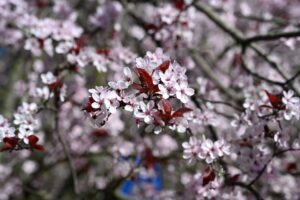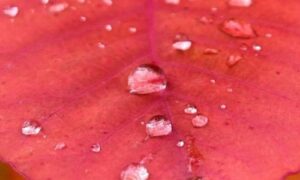As a Northwest native herbaceous groundcover, Vanilla Leaf is best known for the vanilla smell of its dried leaves during the winter. It is also known as Deer’s Foot. Vanilla Leaf grows all along the west coast, from northern California well up into British Columbia. Reaching to a height of 1’, it spreads out though underground rhizomes to form a dense under-story to native trees and shrubs. Each leaf consists of 3 horizontally-oriented leaflets which have scalloped edges. Leaflets can have either finely and sharply toothed or bluntly tipped lobes. Description from wsu.edu
Home > Plant Guide >
Scientific Name
Family
Garden Type
Wildlife
Native Plant Region
Light needs
Water Needs
Plant Type
Bloom Color(s)
Height
Width
Months in Bloom
Safe Beneath Power Lines?

We’d like to maintain accurate and robust plant listings. If you see information that is not correct or that could be added to improve the listing, please let us know. Or if you’d like to suggest a plant to add to our plant guide, you can use this form do so. Thank you!

Gardeners can check out seeds for free from the library to plant. Then after harvest, gardeners bring seeds back to the library for others to enjoy in future growing seasons.

Three inspiring local food justice practitioners will share how their work in urban farming improves access to healthy foods, fosters relationships to land, and builds community.

Start a garden in a planting strip along the street. Explore our interactive corridor map, find what to grow, and start nurturing today.

Seattle neighborhoods are full of wildlife and wild things. We’ve compiled a few exercises to help you slow down and appreciate the nature that surrounds you.

New types of vegetation can attract additional wildlife to an area. You might be surprised how a little green can go a long way!

Take a virtual trip across Capitol Hill to learn about urban habitat types, how to identify the unique birds they support, and what we can do to make the neighborhood a safer place for them to live.
Nature of Your Neighborhood is a collaboration between Birds Connect Seattle, the Capitol Hill EcoDistrict, and the Seattle Bird Conservation Partnership. Our goal is to foster relationships between the people and the nature of their neighborhoods.